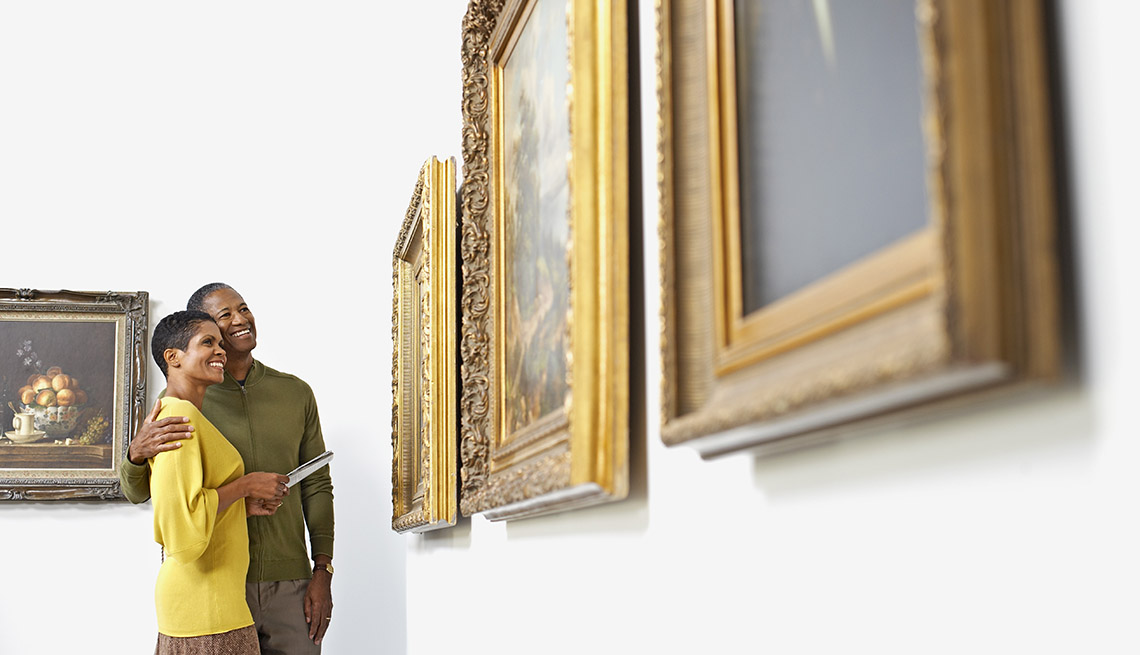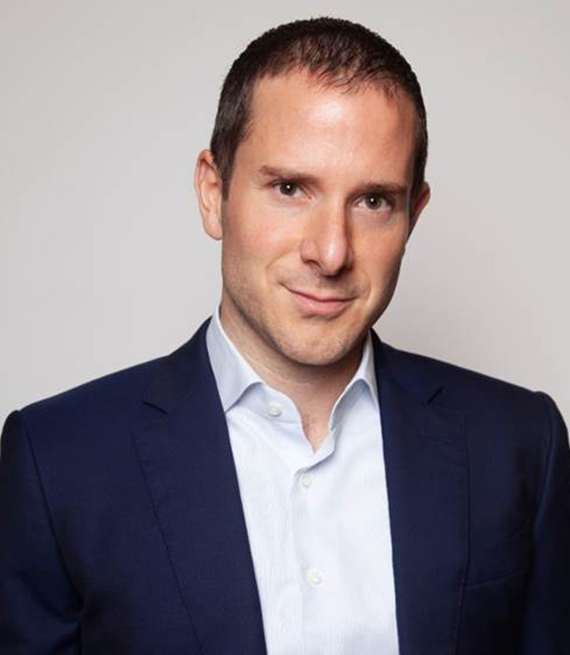3 Reasons You Should Consider Investing in Art
The process is less complex than ever before, and offers potential long-term returns
For decades, some of the world’s wealthiest people have prioritized investing in art. It’s no wonder, considering blue-chip art appreciates 22.1% on average when inflation is at least 3%, as it is now. Additionally, art has among the lowest correlation to public equities of any major asset class, according to Citi.1
But until recently, everyday investors might have felt ill-equipped to dip a toe into the art world. Let’s be honest, the world of fine art can be intimidating. You might feel like there’s a barrier to entry for investing. Or you might believe you’re not able to afford a piece of art that’s “valuable” enough to keep as an investment.
Thanks to companies like Masterworks, anyone can now take advantage of today’s market to invest in art as you work towards your long-term financial goals. After all, investing in blue-chip artwork (by widely recognized artists) can be a low-risk way to diversify your portfolio in a smart asset class. In fact, a recent survey found 86% of wealth managers recommend investing in art.2
With Masterworks, Founder and CEO Scott Lynn has democratized the art investment process. Now, anyone can invest in fractional shares of securitized contemporary art, an asset class that has averaged 13.6% annually in terms of price appreciation.
Curious? Here are three common questions Lynn is asked about investing in art, and how art investment can benefit your financial goals.
Q: Is art a good investment? Why should I consider it?
A: As is true of any investment, investing in art can be risky. But compared to other investing strategies, art is generally low risk. An art investment portfolio offers diversity and nearly always results in appreciation over time. For example, since 1995, the contemporary art market has appreciated 13.6% – compared to the S&P 500 appreciating only 9.5% (with dividends) during that same time frame.3
Q: What kind of art is available to investors? Will these pieces end up hanging in my home?
A: You can invest in art two different ways. The traditional strategy is to invest in pieces to own, which many people like because they can display or store the pieces as they wish. Owned art can also be passed along to your heirs someday. However, this strategy comes with a higher up-front investment cost. The more modern way to invest in art is by purchasing shares in works of art that will eventually be sold for profit. Masterworks, for example, purchases pieces that have high appreciation rates by notable artists such as Vincent Van Gogh, Pablo Picasso, and even Claude Monet.
Q: What do I need to know about art and artists before investing?
A: Before investing in art, you’re welcome to do as much research on your own as you’d like – especially if you’re interested in art history already. Ask questions like does this artist have pieces included in any museums or famous collections? Has the artist won awards or gained other recognition for their work? Have their pieces already shown a history of appreciation?
Even with that knowledge, the art market is complex. Masterworks has made the art world more approachable. Using a one-of-a-kind price database, its team can identify paintings that have been purchased and resold throughout history. With that information, they can easily identify which artist markets are gaining momentum, giving investors the power to change their financial future with art.
Thanks to platforms like Masterworks, investing in art has never been more accessible. Masterworks allows you to buy fractionalized shares in blue-chip artwork – the most predictable and attractive segment of the art market. As the art and collectibles market is estimated to be worth around $1.7 trillion and could top $2 trillion in 20234, this can be a low-risk investment to help diversify your overall investment portfolio.
See important Masterworks disclosures.
1 https://www.privatebank.citibank.com/newcpb-media/media/documents/insights/Citi-GPS-Art-report-Dec2020.pdf (From 1995 to 2020).
2 https://www2.deloitte.com/content/dam/insights/us/articles/22742_artful-investment/DI_Artful-investment.pdf - Figure 8
4 https://www2.deloitte.com/content/dam/insights/us/articles/22742_artful-investment/DI_Artful-investment.pdf - Figure 4





